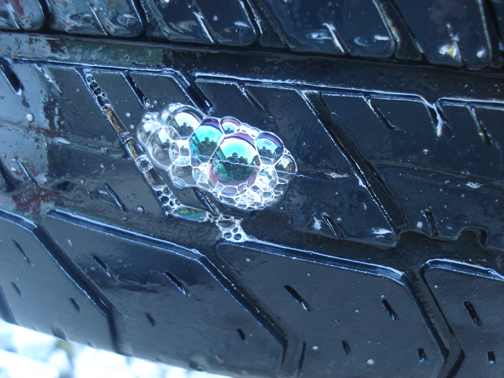In regards to Scrum, many people struggle to wrap their heads around the process. While it is a fairly simple framework with very little rules and prescription, it is very difficult to actually do; logistically speaking. Build a backlog…ok, well how do I do that? Have a sprint review…ok, well how do I do that?
What actually holds this thing together is the vision and goal of Scrum. The goal is to enable us to get / manage / expose our work in a consistent process while consistently increasing our Agile Engineering practices that will allow us to ship the most valuable software we can for our customers when we want to ship it. This implies that whatever is getting in the way of you shipping software needs to be resolved. Scrum’s goals are to actually expose all of those reasons why we can’t get our code from our developer’s machines into Production with little to no human interaction along the build, test, and deploy path.
Manual testing will eventually show you that you aren’t able to move quick enough each and every time you want to ship. Not having a good backlog before your next sprint will show you that you are very reactionary and as such aren’t able to ship valuable software each sprint. Scrum exposes those leaks and that’s a good thing, celebrate when you find an inefficiency; that is something that we can all fix and improve.
One of my close colleagues in the industry has always said that Scrum is like a syringe that injects Agility into the organization. I love that analogy; I have also thought of many myself. Scrum is like going to the tire repair center. If you suspect a leak in your tire, a lot of the times, you just don’t know where it is coming from. We take it to the professionals as they can expose the leak with a tried and true technique. Take the tire off, soak it in some soapy water, and voila’ your leak appears (or maybe several leaks appear). Now, we can actually fix those leaks and get the car back on the road. What if, we found those leaks, and simply just put the tire back on the car and said “yes, there are leaks, we just don’t have time to fix them now”. At that point, you would likely drive off and continue to waste time by putting air in your tires; only to have it leak out later. Worse, you could be left stranded on the side of the road because of a flat. The right thing to do is to stop down, fix the leak, and then move on.
Scrum exposes those leaks. We the people, still have to fix our problems. No one thing or process can fix our problems, we humans have to dig in and find out the best way to solve the problem. Scrum is that agreement between the team to react to things in an empirical way, not a planned/predictive way. Take the time to take the tire off the wheel, soak it in water, find the leaks, and fix them. Some leaks are so big that we have to replace the tire. That’s ok too, celebrate that we learned of that problem. Our goal is to ship valuable-quality software when we want to and leaks prevent that from happening. Fix the leaks.
